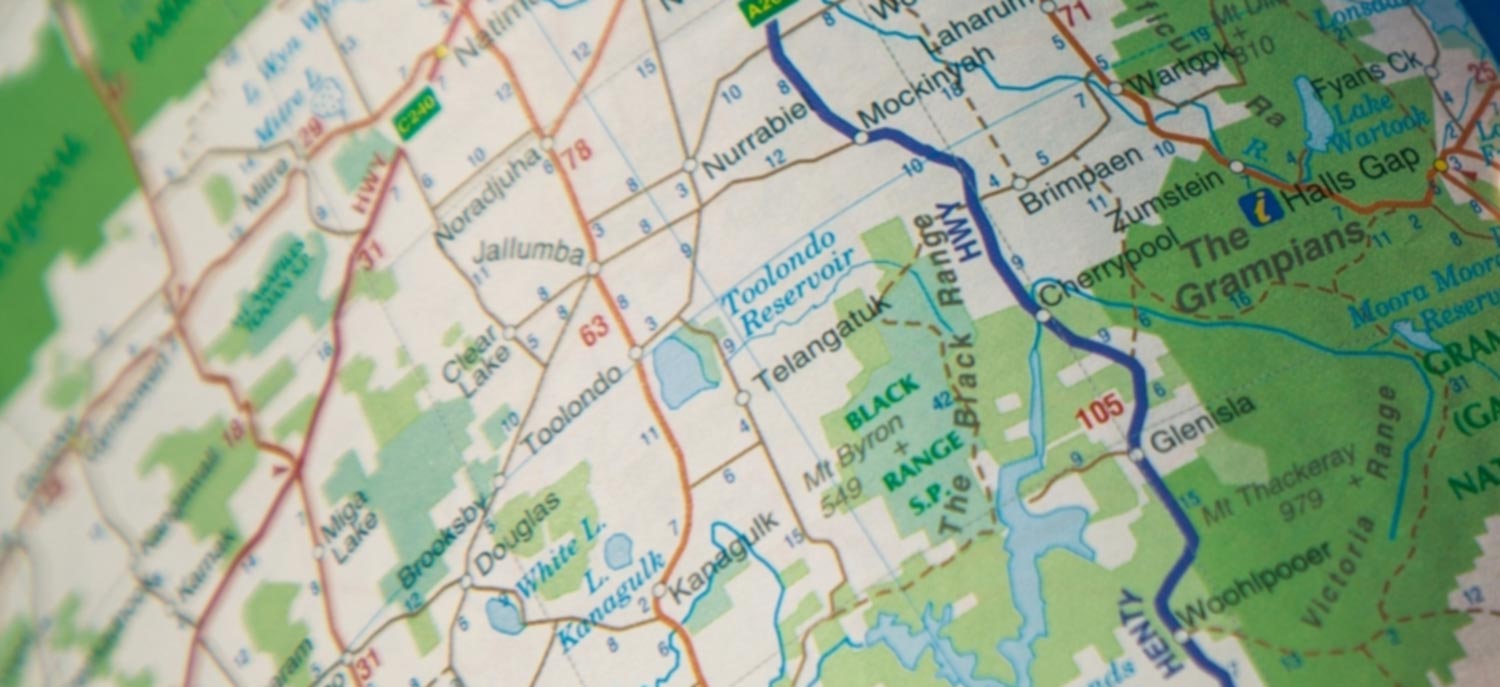Nothing on the surface of the Earth is fixed. The Earth's tectonic plates are constantly moving - in different directions and at different speeds. The Australian plate is moving in a north-easterly direction at a rate of about 7cm per year, or about 5mm per month.
This means the latitude and longitude of points in Australia are changing. Coordinates are calculated using a set of defined reference...Expand »
Nothing on the surface of the Earth is fixed. The Earth's tectonic plates are constantly moving - in different directions and at different speeds. The Australian plate is moving in a north-easterly direction at a rate of about 7cm per year, or about 5mm per month.
This means the latitude and longitude of points in Australia are changing. Coordinates are calculated using a set of defined reference points called a geodetic datum. The current Australian datum, the Geocentric Datum of Australia 1994 (GDA94), is now over 20 years old.
We have moved approximately 1.6m since 1994, and Australia's coordinates are no longer accurate or in alignment with global navigation satellites systems (GNSS) such as GPS. This becomes highly significant when it comes to the use of applications that rely on accurate satellite positioning such as in-vehicle navigation; smartphones; automated mining operations; precision agriculture; and surveying where high absolute accuracies are required. To address this, Australia is implementing a new datum that will be known as the Geocentric Datum of Australia 2020 (GDA2020).
The Intergovernmental Committee on Surveying and Mapping (ICSM) is responsible for modernising Australia's Datum to ensure that all Australians can take advantage of the increased accuracy that current and future positioning and navigation technologies provide. The ICSM formed a dedicated working group, the GDA Modernisation Implementation Working Group, to oversee the implementation of the modernised datum across Australia's government, academic and industry sectors.
Geoscience Australia is the peak science agency responsible for technical development and maintenance of the national geodetic datum, and will update the coordinates of reference points that define Australia's new national datum, GDA2020. Geoscience Australia will also be assisting Australian Government agencies and Spatial Software providers to adopt the new datum.
http://www.ga.gov.au/scientific-topics/positioning-navigation/datum-mode...
Collapse

Mar 16: Open GNAF and elevation datasets released. State borders and coastline updates continuing.